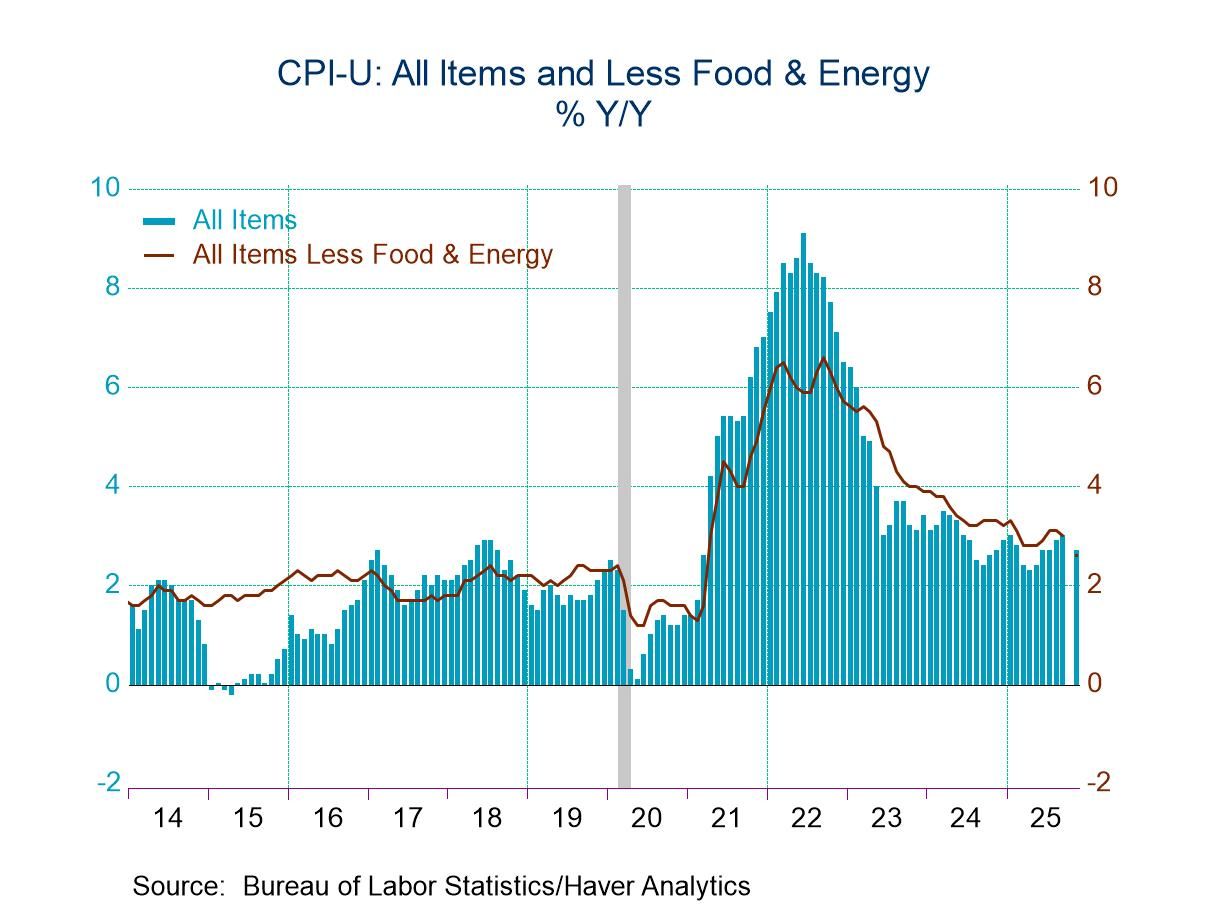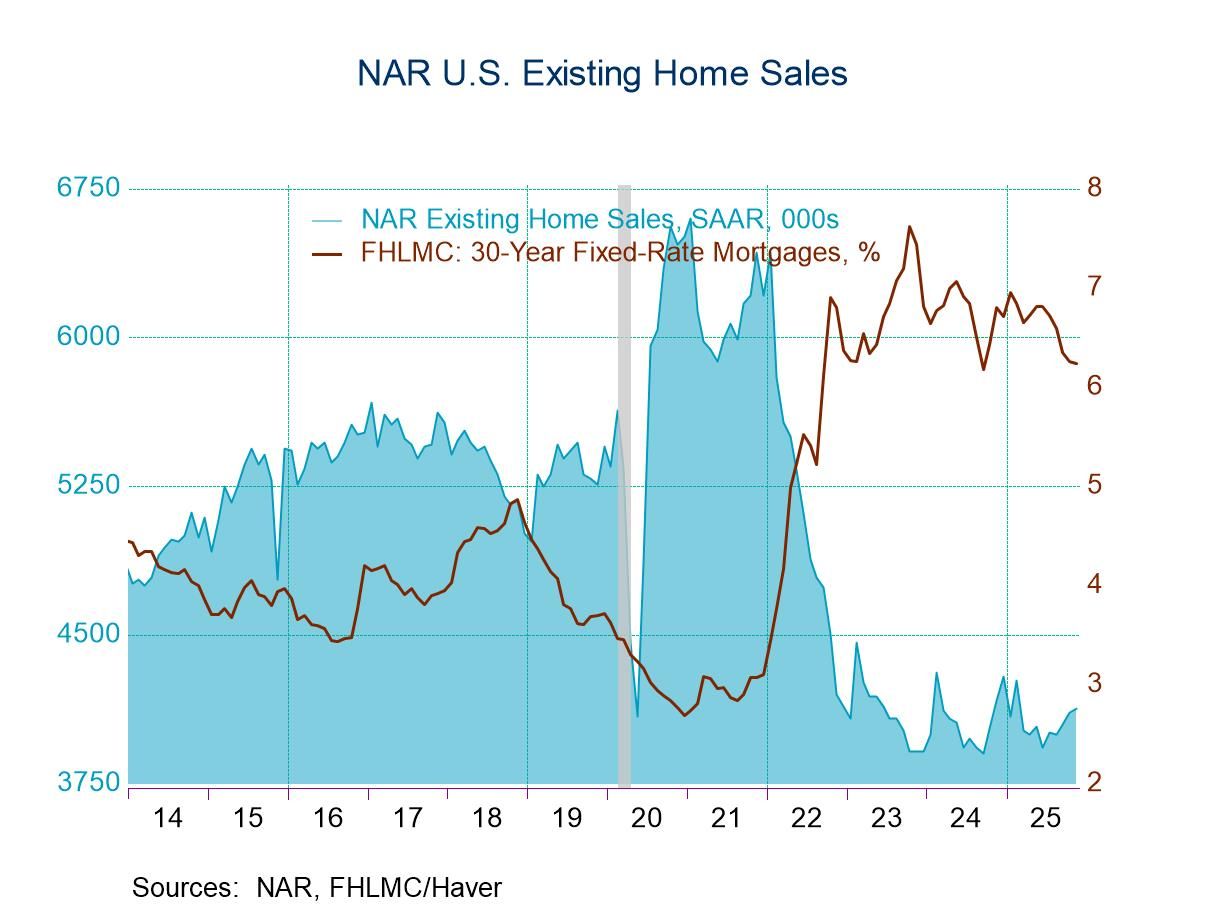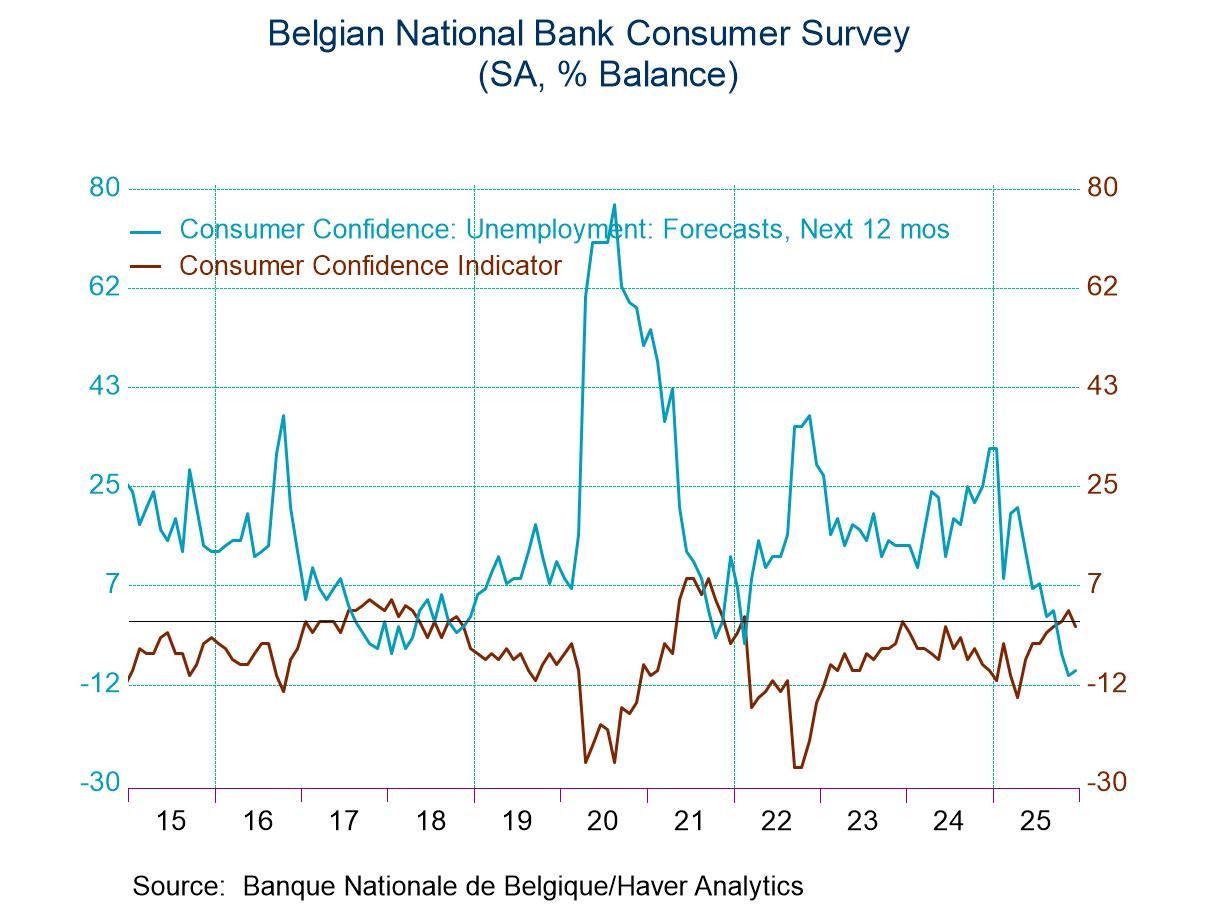U.S. Current Account Deficit Eases Slightly in Q4
Summary
- Balance on goods widened a bit in Q4, while the services balance narrowed.
- Net primary income flows nearly offsetting, producing small change.
- Capital account mixed with net direct investment, but net sales of portfolio assets.


The U.S. current account deficit narrowed modestly in the fourth quarter of 2023 to -$194.8 billion from -$196.4 billion in Q3; that earlier amount was revised lower from -$200.3 billion reported before. The Q4 deficit represented 2.79% of GDP, marginally less than 2.85% in Q3. The Action Economics Forecast Survey had expected the Q4 amount to be -$210.0 billion. For all of 2023, the current account deficit was -$818.8 billion, noticeably less than the -$971.6 billion in 2022.
The small decrease in the current account balance in Q4 resulted from small, nearly offsetting moves in the goods, services and income components. The balance on goods was a deficit of -$264.9 billion, slightly wider than the deficit of $259.2 billion in Q3; this move consisted of a 0.3% decrease in exports of goods and a 0.6% increase in imports. The balance on services narrowed a bit from a surplus of $73.3 billion in Q3 to $72.9 billion in Q4; that move consisted of a 0.8% increase in exports of services and a 1.4% increase in imports of services.
For all of 2023, the goods deficit narrowed to -$1,059.6 billion from -$1,183.0 billion in 2022. That resulted from a 1.8% decrease in exports of goods and a 4.9% decrease in imports of goods. The surplus on services widened to $279.8 billion from $231.8 billion in 2022, reflecting a 7.6% increase in exports of services and a 3.2% increase in imports of services.
Among the income accounts, there was almost no change in Q4 in primary income flows, which decreased from $36.9 billion in Q3 to $36.1 billion in Q4. Primary income includes investment income and compensation of employees. In all of 2023, primary income was down to $136.7 billion from $148.6 billion in 2022. Secondary income includes transfer payments by governments, tax withholdings and insurance payments, among other items. In Q4, the balance on secondary income eased to a deficit of -$38.9 billion from a deficit of -$47.5 billion in Q3. However, for all of 2023, secondary income had a larger deficit, -$175.7 billion, than in 2022, when it was -$169.0 billion.
Among capital account transactions, net U.S. acquisition of financial assets decreased in Q4, amounting to $259.0 billion, down from $285.0 billion in Q3. The Q4 amount included a net of $149.8 billion in direct investment assets, but net sales of $37.0 billion in portfolio investment assets. For all of 2023, U.S. investors acquired a net of $966.6 billion in financial assets, up from $840.6 billion in 2022. In Q4, U.S. residents saw modestly less incursion of liabilities, $469.8 billion, down from $493.1 billion in Q3. In all of 2023, though, U.S. liabilities grew more, $1,857.3 billion, than the $1,564.7 billion in 2022.
Balance of Payments data are in Haver’s USINT database, with summaries available in USECON. The expectations figure is in the AS1REPNA database.


Carol Stone, CBE
AuthorMore in Author Profile »Carol Stone, CBE came to Haver Analytics in 2003 following more than 35 years as a financial market economist at major Wall Street financial institutions, most especially Merrill Lynch and Nomura Securities. She had broad experience in analysis and forecasting of flow-of-funds accounts, the federal budget and Federal Reserve operations. At Nomura Securities, among other duties, she developed various indicator forecasting tools and edited a daily global publication produced in London and New York for readers in Tokyo. At Haver Analytics, Carol was a member of the Research Department, aiding database managers with research and documentation efforts, as well as posting commentary on select economic reports. In addition, she conducted Ways-of-the-World, a blog on economic issues for an Episcopal-Church-affiliated website, The Geranium Farm. During her career, Carol served as an officer of the Money Marketeers and the Downtown Economists Club. She had a PhD from NYU's Stern School of Business. She lived in Brooklyn, New York, and had a weekend home on Long Island.





